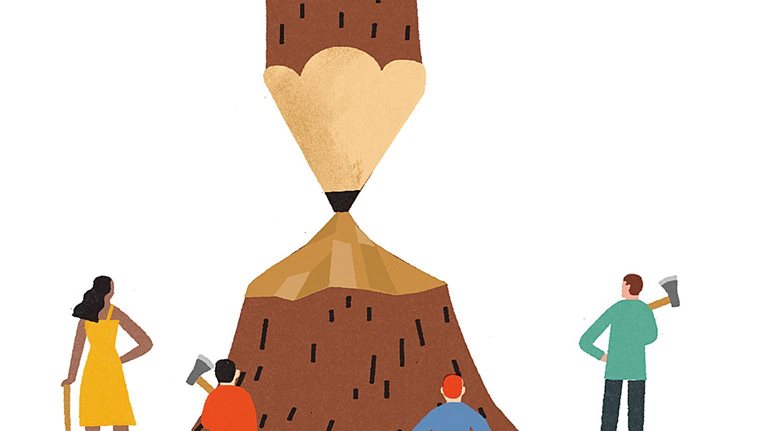How does a school system with poor performance become good? And how does one with good performance become excellent? Based on the extensive research compiled by our two seminal education reports, “How the world’s best-performing school systems come out on top” and “How the world’s most improved school systems keep getting better,” this video follows the journey of a school system as they move from “fair to good”—Louisiana.
Historically, Louisiana has been one of the lowest performing states in the US over the past decade; between 2003 and 2007, Louisiana was part of the ten lowest performing states in eighth grade math and reading test scores. To make matters worse, Hurricane Katrina created an extraordinarily challenging set of circumstances that left approximately 65,000 students and 7,000 teachers displaced.
Would you like to learn more about our Social Sector Practice?
In the summer of 2009, the Louisiana Department of Education launched the Superintendent’s Delivery Unit, which Dr. George Noell, executive director, describes as a “process where we have clear, explicit goals, we’re going to organize all of our resources and energy around achieving those goals, and we’re going to benchmark ourselves against that constantly.” The Delivery Unit research produced nine such goals for student outcomes, starting with graduation rate.
As the video shows, the challenges have been great, but the impact has been significant. In just the first year of the program’s full implementation, the graduation rate jumped from 67.2 percent to 70.1 percent—the single greatest yearly increase since the state began collecting graduation rate data. Louisiana’s overall standing in US state rankings jumped from 35th to 27th.
Download the report on which this article is based, How the world’s most improved school systems keep getting better (PDF–4.4MB).


